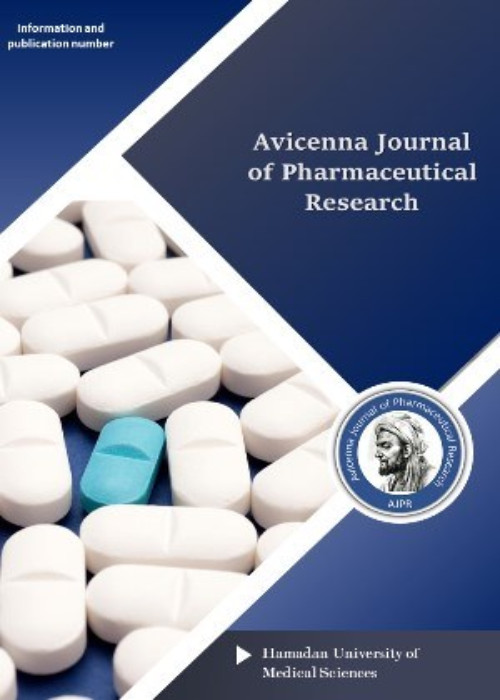Computational Design for the Production of Secretory Recombinant Codon-Optimized Human Stem Cell Factor (SCF) in Chinese Hamster Ovary (CHO) Cells With an Appropriate Signal Peptide: An Intensive In Silico Study
Production of the recombinant proteins in mammalian cells is an important issue with a bio-therapeutic purpose. Numerous efforts have been focused on the improvement of the yields of recombinant proteins, which include optimization of conventional biological processes, selection of appropriate signal peptides, codon optimization, and re-engineering of cells to produce more proteins. Stem cell factor (SCF) is a blood cytokine which activates the c-Kit receptor. This factor is crucial not only for the differentiation of hematopoietic progenitor cells but also for the survival, proliferation, and differentiation of mast cells. Recently, its therapeutic role in several diseases such as Alzheimer’s and myocardial infarction has been investigated. Therefore, the aim of this study was to design a secretory recombinant human SCF with the maximal yield in an appropriate mammalian host cell as Chinese hamster ovary (CHO) cells using the computational studies.
As the first step, computational simulation studies were carried out to design the appropriate signal peptide for the human SCF protein. Codon optimized coding sequence of hSCF was transferred into a eukaryotic expression vector (pBudCE4.1). Recombinant vector (pBudCE4.1/SCF) was transfected into CHO cells and the stably transformed cells were screened and isolated. Subsequently, the expression of SCF was defined by reverse transcription polymerase chain reaction (RT-qPCR) in stably transformed cells.
Our bioinformatics studies indicated that Azurocidin signal peptide could be a suitable signal peptide for the production of SCF proteins in the CHO cells. Accordingly, computational studies revealed that the presence of 6×His-tag did not have a significant impact on the three-dimensional structure of the protein. Furthermore, the expression of hSCF was significant in the stable CHO cells.
The use of this approach may, therefore, lead to the production of highly efficient recombinant hSCF, which would be feasible for the mass production of this factor for therapeutic purposes.
- حق عضویت دریافتی صرف حمایت از نشریات عضو و نگهداری، تکمیل و توسعه مگیران میشود.
- پرداخت حق اشتراک و دانلود مقالات اجازه بازنشر آن در سایر رسانههای چاپی و دیجیتال را به کاربر نمیدهد.


